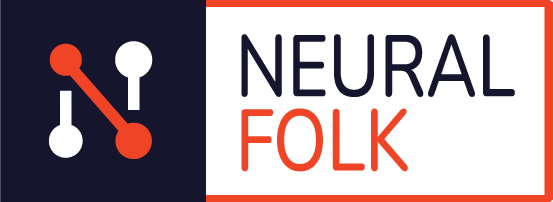Are you curious about how machines can “see” and understand images? Welcome to the world of Computer Vision.
In this beginner’s guide, we’ll break down what computer vision is, why it matters, and how you can start learning it—
even with no prior experience.
What is Computer Vision?
Computer Vision is a field of artificial intelligence that enables machines to interpret and make decisions based
on visual data—just like humans do with their eyes and brain.
From facial recognition on smartphones to self-driving cars and medical imaging, computer vision is powering
revolutionary technologies across industries.
Why Learn Computer Vision?
Computer Vision is one of the fastest-growing fields in tech. Here’s why you should consider learning it:
- High demand: AI and machine learning jobs are increasing rapidly.
- Career opportunities: Roles in data science, AI engineering, and automation are expanding.
- Real-world impact: Applications include healthcare, security, retail, and automotive.
- Hands-on learning: Build exciting projects like object detection, face recognition, and image classification.
Core Concepts to Understand
Before diving into coding, get familiar with these foundational topics:
- Image Processing: Manipulating images (grayscale, resizing, blurring).
- Feature Detection: Finding patterns like edges, corners, or shapes.
- Object Detection: Identifying and locating objects within an image.
- Classification: Assigning labels to images using machine learning models.
Tools and Libraries You’ll Need
Here are some essential tools for any beginner:
- Python: The go-to language for AI and computer vision.
- OpenCV: An open-source library for real-time image processing.
- Keras and TensorFlow: Libraries for building deep learning models.
- NumPy and Matplotlib: For handling data and visualizing results.
Tip: Start with OpenCV to understand basic image processing, then move on to Keras for building neural networks.
First Steps to Start Learning
Here’s a simple roadmap to begin your computer vision journey:
- Learn Python Basics: Focus on data structures, loops, and functions.
- Install OpenCV: Try simple tasks like reading and displaying images.
- Take a Course: A structured course (like NeuralFolk’s Udemy course) will save you time and provide real-world projects.
- Build Mini Projects: Start small—image filters, shape detection, etc.
- Explore Deep Learning: Once you’re comfortable, explore CNNs (Convolutional Neural Networks) for advanced image analysis.
Recommended Resources
- OpenCV Official Documentation
- Keras Tutorials
- Python for Computer Vision on Udemy
- NeuralFolk Blog
Final Thoughts
Computer Vision may seem complex at first, but with the right approach and tools, you’ll be building your own AI
image models in no time. Whether you’re aiming for a career in AI or just exploring a passion, now is the perfect
time to start.
Ready to dive deeper?
Check out our best-selling course: Master Computer Vision & Deep Learning in OpenCV and Keras

